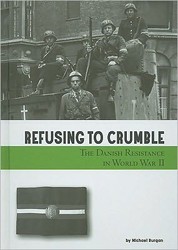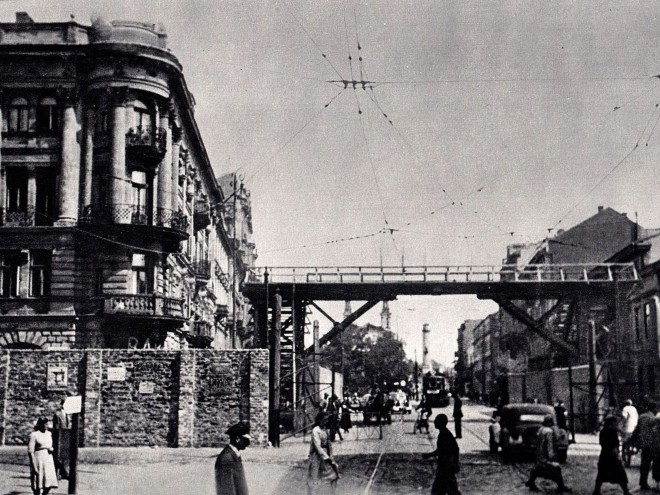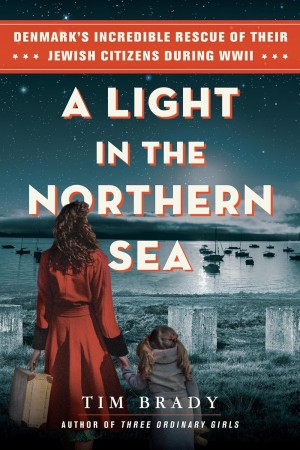All the other teenagers in Hans and Sophie Scholl’s neighborhood in Ulm, Germany in 1935 were joining a fascist youth group, so the Scholl siblings did, too. It gave them focus and a sense of belonging. But Hans, Sophie and their parents started to feel unsettled by the conformist and even violent ways the organization and their society were headed. Their disgust with the rise of the Nazi party motivated Hans, Sophie, and a group of their friends to found a resistance group called the White Rose Student Resistance Movement.
We Will Not Be Silent is starkly and solidly researched account of their story, told with a clear and unflinching narrative. The German, non-Jewish perspective on World War II, portraying non-Jews as both resistors to Nazism and victims as well, is unique. Jewish characters are not this story’s protagonists; instead, the book tells of the little-known development and operations of resistance by “Aryan” Germans who fought fascism and conformity in dangerous and subtle ways, following the Scholl family through their painful wartime experience.
Merely printing a resistance pamphlet, stating one’s unhappiness or stark truths about abusive leadership, can accomplish a lot, but there are consequences for the Scholls’ and the other resistance members’ actions in challenging the Nazis. The narrative does not avoid the actual violent punishments the Nazis inflicted on those who spoke up or were considered enemies of the regime. Appropriate for readers from middle school age and up, the book is chock full of black-and-white historical photographs that further humanize the Scholl family and portrays the stark reality of events, including the discriminatory Nuremberg laws, Kristallnacht, large Nazi demonstrations, the deportation of Jews to death camps, the Warsaw Ghetto uprising, terror by the Gestapo, and the Resistance Movement torching Nazi tanks and military installations.
With nine chapters and additional materials including a bibliography, the book can be read through as a narrative or in selective parts. The White Rose Student Resistance Movement has not been forgotten: permanent leaflets remain scattered as pavers at Munich University as a constant reminder of the people who committed small but meaningful acts of resistance.
Recommended for ages 11 – 16.
Related Reads:
Dina Weinstein is a Richmond, Virginia-based writer.




